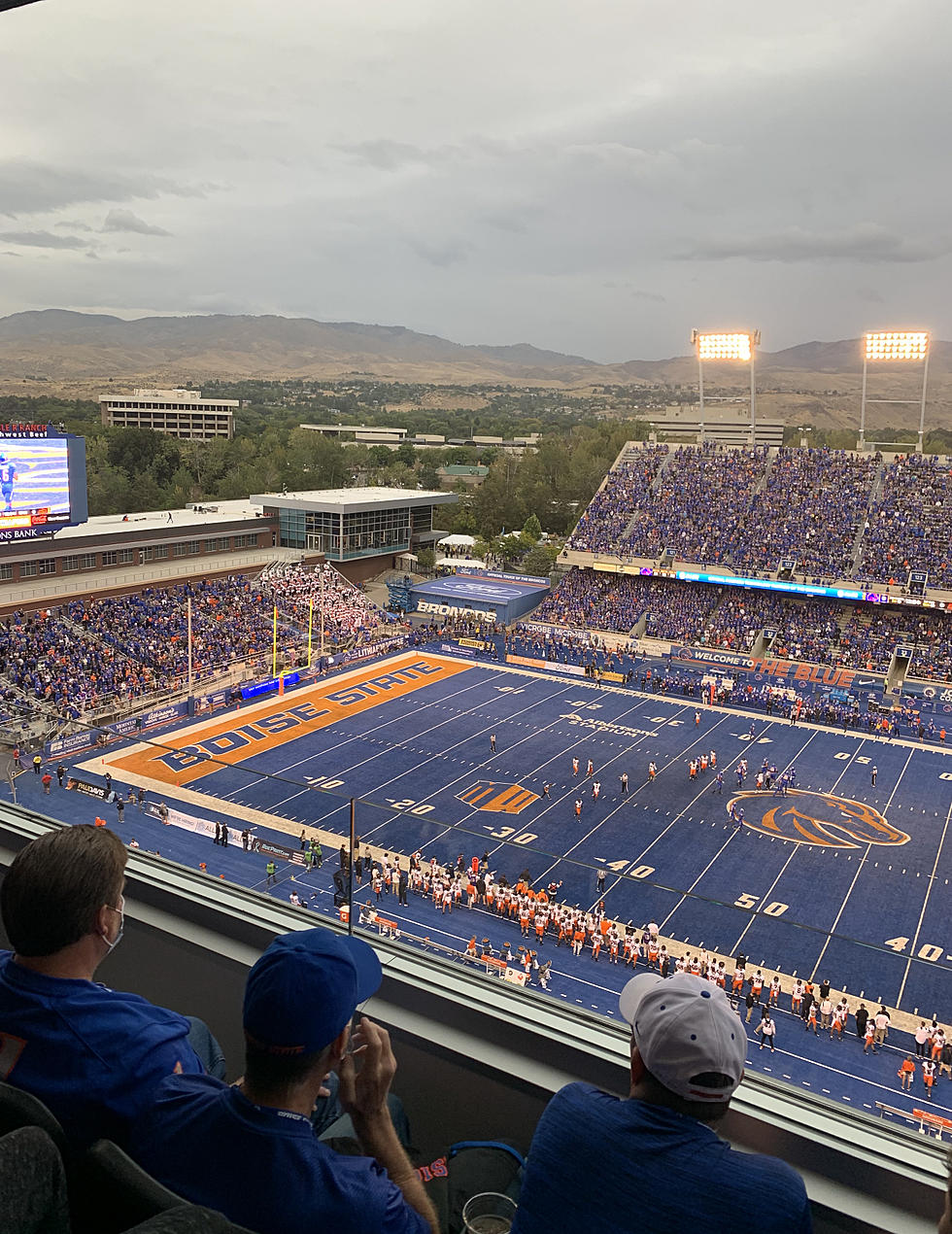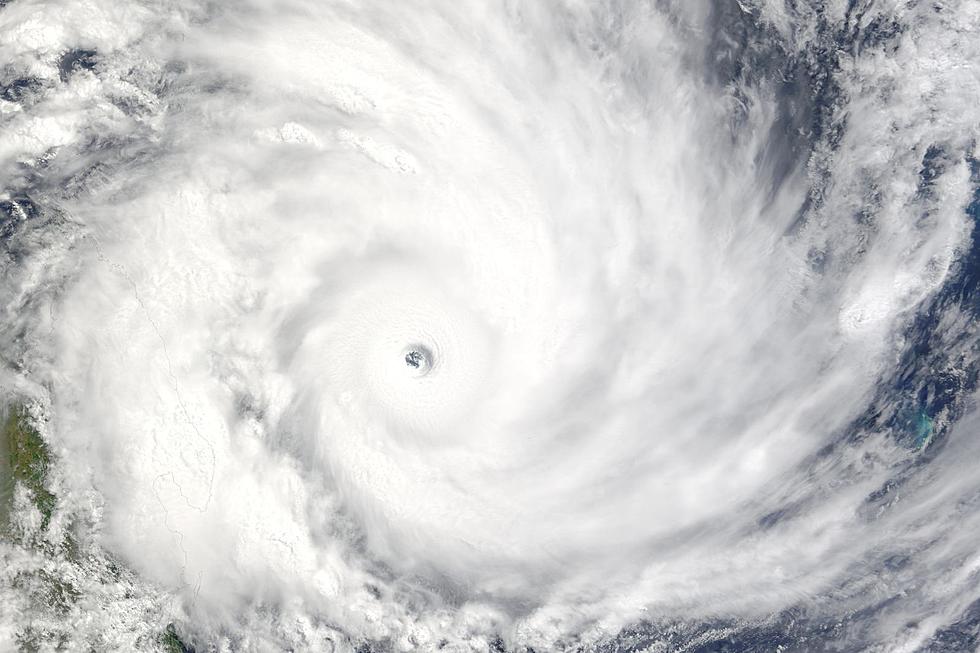
NOAA Announces Funding for Fish Habitats Across PNW, U.S.
NOAA Fisheries Wednesday announced $105 million in funding for 36 new fish passage projects under the Bipartisan Infrastructure Law. The announcement includes significant funding to implement fish passage projects that meet tribal priorities and build tribal organizational capacity to support their role as stewards of tribal resources.
Through the funding, NOAA prioritized projects that demonstrate a broad base of stakeholder and community support. Selected projects will span the full range of fish passage types, including dam removals, fish ladders, culvert improvements and in-stream fish passage improvements.
NOAA says 15 of the projects, encompassing more than $26.3 million in funding, will be led by tribal applicants for fish passage. Fish passage is about improving access for fish to the habitats they need or reconnecting access to historic habitat blocked by humans. Migratory fish like salmon require access to high-quality rearing and spawning habitats, and unimpeded migratory corridors, to be successful and resilient.
Tribal Priority Fish Passage Projects Recommended for Funding:
Washington:
- The Nooksack Tribe will work collaboratively with the Lummi Tribe, the City of Bellingham, and the Washington Department of Fish and Wildlife to develop a plan for city-owned passage barriers that both addresses infrastructure needs and meets fisheries goals. The tribe will also develop a communications plan to ensure local and tribal communities are informed and provide input. ($456,206)
- The Yakama Nation will remove barriers on the Snake Creek to address a “mortality hotspot” for Endangered Species Act-listed Middle Columbia River steelhead in the Yakima River watershed. Two dams will be removed, opening six miles of habitat. They will also develop an interactive tool and database for fish passage management on Yakama Nation territory. ($250,972 in first year; up to $1,179,073 over 3 years)
- The Cowlitz Indian Tribe will remove Kwoneesum Dam on Wildboy Creek, a tributary to the West Fork Washougal River in the Columbia River watershed. Removal of the 55-foot tall, 425-foot long rock fill embankment dam will restore access to 6.5 miles of highly productive habitat, benefitting native fish and other aquatic species. ($2,577,880)
- The Skagit River System Cooperative will reopen access to habitat that has been blocked by undersized or improperly installed culverts. Work will focus on three sites of interest to the Swinomish Indian Tribal Community and Sauk-Suiattle Tribes: Martin Slough, Hatchery Creek, and Everett Creek. The project will also expand a collaborative process aimed at identifying and repairing barriers in the Skagit River watershed. ($328,234 in first year; up to $1,232,068 total over 3 years)
Oregon:
- The Confederated Tribes of the Umatilla Indian Reservation will remove or remediate barriers to fish migration in three watersheds: Umatilla, Walla Walla, and Grande Ronde. Projects within the Walla Walla and Umatilla watersheds are classified as imminent threat or priority passage barriers. Projects within the Grande Ronde watershed will remove barriers in critical spawning and rearing habitats. ($680,859 in first year; up to $3,304,858 total over 3 years)
Idaho:
- The Shoshone-Bannock Tribes of the Fort Hall Reservation will restore fish passage and habitat connectivity in the Yankee Fork watershed, supporting three Endangered Species Act-listed species: Snake River spring/summer-run Chinook salmon, Snake River steelhead, and bull trout. It will help increase capacity to effectively manage tribal trust resources for cultural, spiritual, and subsistence purposes. ($1,085,584)
Fish Passage Projects Recommended for Funding:
Idaho:
- The Idaho Office of Species Conservation will improve fish passage in the Upper Snake River. It will address four culverts at Poison Creek, Kinnikinic Creek, George Creek, and Big Cedar Creek. Improving access to these tributaries will provide important cold water habitat for species like Chinook salmon and steelhead. ($4,208,805)
- American Rivers will design, permit, and begin construction activities for the removal of Kellogg Creek Dam. The dam currently blocks access to 15 miles of high quality habitat in Kellogg Creek, a tributary of the Willamette River. Removing the dam will provide habitat for threatened Lower Columbia River coho, Chinook, and steelhead. ($7,513,180 in first year; up to $15,000,000 total over 3 years)
- Wild Salmon Center will implement nine fish passage projects in four Oregon coastal watersheds. The effort will remove and replace aging culverts, dams, tide gates, and other infrastructure to reopen and reconnect habitat for Southern Oregon/Northern California Coast coho and Oregon Coast coho. ($3,625,109)
Washington:
- The City of Hoquiam will assess the feasibility of removing the West Fork of the Hoquiam River Dam. The project will also involve installing and testing groundwater wells as an alternative water source for the city. If found feasible, the effort would open 13 miles of habitat for salmon and provide a more reliable water supply for city residents. ($1,231,350)
- Trout Unlimited will conduct a planning and feasibility assessment for the removal of Enloe Dam on Similkameen River, a tributary of the Columbia River. The dam has blocked fish passage for 100 years. Its removal would open access to cold water habitat, improve tribal fishing opportunities, and reduce the risk of flooding. ($2,314,610)
- Trout Unlimited will replace eight fish passage barriers as part of the Coldwater Connection Campaign, a partnership to reconnect 125 miles of high quality salmon and steelhead streams in Washington’s coastal areas. The project will open more than 7 miles of spawning and rearing habitat for salmon and will increase Hoh tribal community capacity focused on salmon restoration. ($7,071,627)
- The Tulalip Tribes will plan and construct 16 barrier removal projects in the Snohomish River watershed. These projects will remove or replace culverts with structures designed to withstand climate change. They will restore connectivity to more than 32 miles of habitat in priority streams for the recovery of salmon. ($9,733,975)
- The Wild Salmon Center will design, permit, and remove nine culverts as part of the Coldwater Connection Campaign. The culvert removals will improve access for migratory salmon and improve the durability of public infrastructure. The project was developed with the Quileute and Quinault Tribes and will increase tribal capacity for fish passage restoration. ($10,396,280)
- The Yakama Nation will remove the Bateman Island Causeway, located at the confluence of the Yakima and Columbia Rivers. It will complete hydraulic modeling at the Prosser Dam on the Yakima River. These efforts will improve spawning and rearing habitat for Chinook, coho, and steelhead in the river and its tributaries. ($235,161 in first year; up to $3,626,635 total over 3 years)
Oregon:
- American Rivers will design, permit, and begin construction activities for the removal of Kellogg Creek Dam. The dam currently blocks access to 15 miles of high quality habitat in Kellogg Creek, a tributary of the Willamette River. Removing the dam will provide habitat for threatened Lower Columbia River coho, Chinook, and steelhead. ($7,513,180 in first year; up to $15,000,000 total over 3 years)
- Wild Salmon Center will implement nine fish passage projects in four Oregon coastal watersheds. The effort will remove and replace aging culverts, dams, tide gates, and other infrastructure to reopen and reconnect habitat for Southern Oregon/Northern California Coast coho and Oregon Coast coho. ($3,625,109)
If you have a story idea for the PNW Ag Network, call (509) 547-9791, or e-mail glenn.vaagen@townsquaremedia.com
More From 610 KONA









